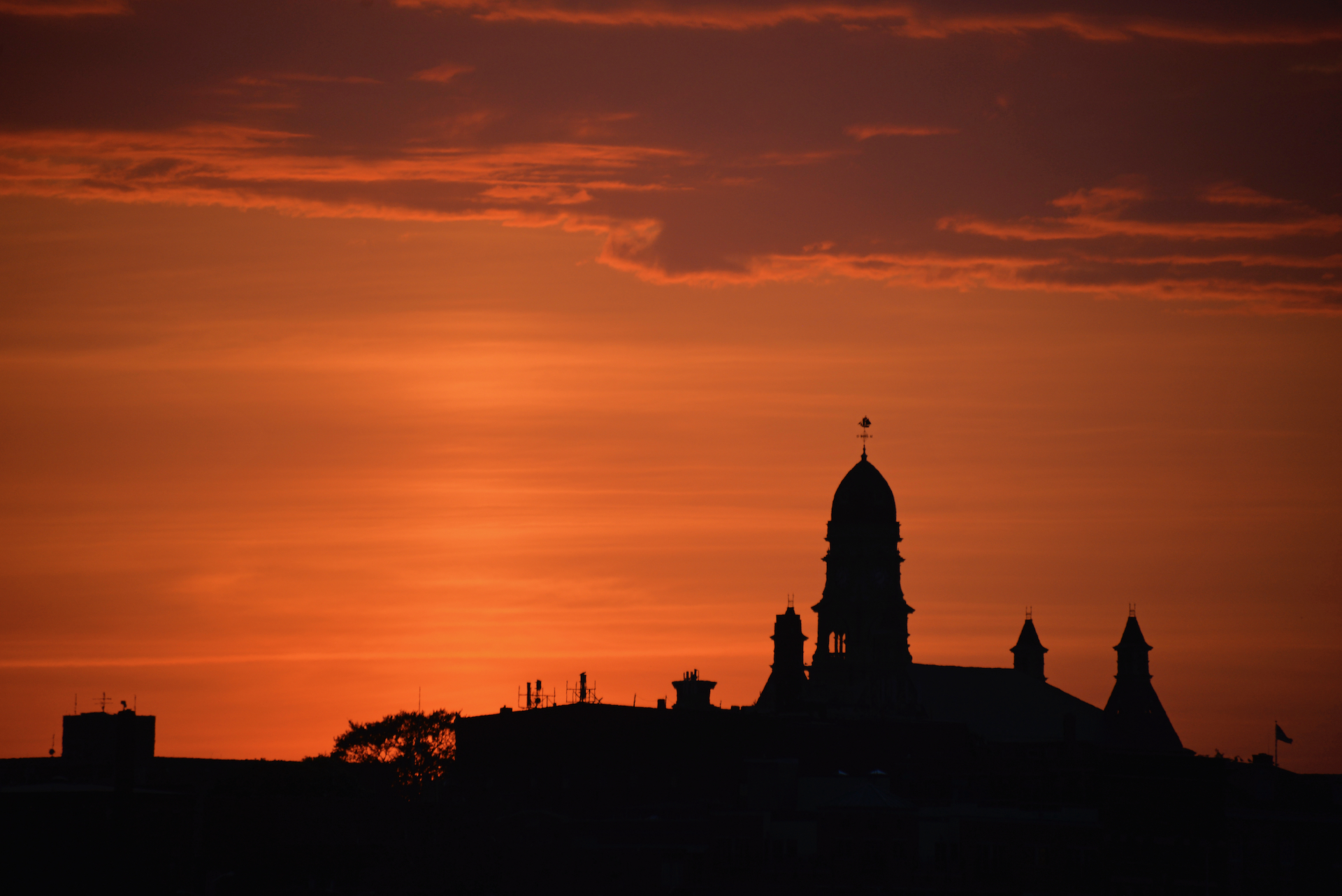This is one case in Madrid where you can’t have too much of a good thing. The 17th century Iglesia de San Antonio de los Alemanes is completely covered in frescoes, from top to toe.
- The fresco on the ceiling dome is by Francisco Rizi. It depicts the Glory of St. Anthony.
- The 18th century altarpiece is by Miguel Fernández.
- And most of the wall frescoes are by Luca Giordano. They show scenes from the life of St. Anthony (and more than a few buxom women).
In art, St. Anthony is sometimes seen with a white lily (symbol of his purity), a flaming heart (symbol of his fervor), or an an open book with the Christ child perched on the top (symbol of his knowledge of scripture). Check out the statue in the altarpiece and the figures in the ceiling fresco.
Why the Germans?
The Iglesia de San Antonio de los Alemanes—along with its accompanying hostel and hospital—were originally built for Portuguese migrants (“Los Portugueses”) from the 1620s-1630s. At that time, Portugal was under Spanish rule.
When Portugal gained its independence, the name went out of fashion. So it was re-dedicated to German immigrants (“Los Alemanes) by Mariana of Austria.
Who Was St. Anthony?
St. Anthony of Padua is the Patron Saint of the Poor & Lost Things—a suitable figure to grace a church for immigrants. He was born in Lisbon, Portugal, and was known for his gift of preaching. His luminous words about the Gospel once drew the attention of a school of fish. Upon seeing this, his critics decided he might have something important to say.
St. Anthony packed a lot into his short life—he died in his 30s. The cause was ergotism, which is caused by eating rye or cereals that are contaminated with a deadly fungus. It’s not a pleasant way to go, and I don’t envy him the death.
But even that had a beneficial outcome. In the Middle Ages, ergotism was called “Saint Anthony’s fire,” since the monks of the Order of St. Anthony were known for their skills in treating the disease.

